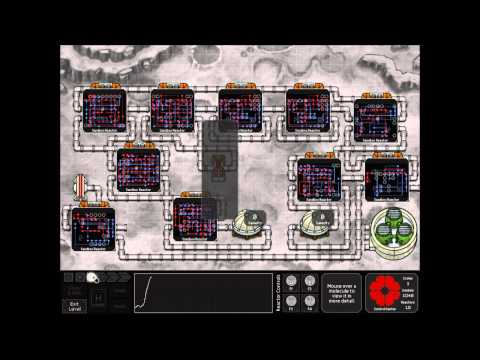For the last couple days I’ve been working on a bf interpreter implementation on TiddlyWiki. I limited myself only to stuff TW provides by default and no extra JavaScript (otherwise it would be way too easy), so it has been done entirely with widgets, filters, fields and other TW features.
While it’s “done” enough to run “Hello World” and some other smaller stuff, there are some issues particularly with how loops work (probably fixable), “character output” (.) has some [[space escaping issues]] (definitely fixable), and “character input” (,) is not implemented yet (it should be easy, I’m just
lazy).
A drawback that probably can’t be fixed with this approach is that you need to repeatedly click a button to continue execution because (from what I know) you cannot use action widgets without a button (or another interaction) (Also, needing human interaction to make something turing complete has precedent)
The underlying code isn’t the greatest. I was focused on getting it working rather than making it clean.
Without rambling even more, here it is: https://ebc.li/#TiddlyBF

